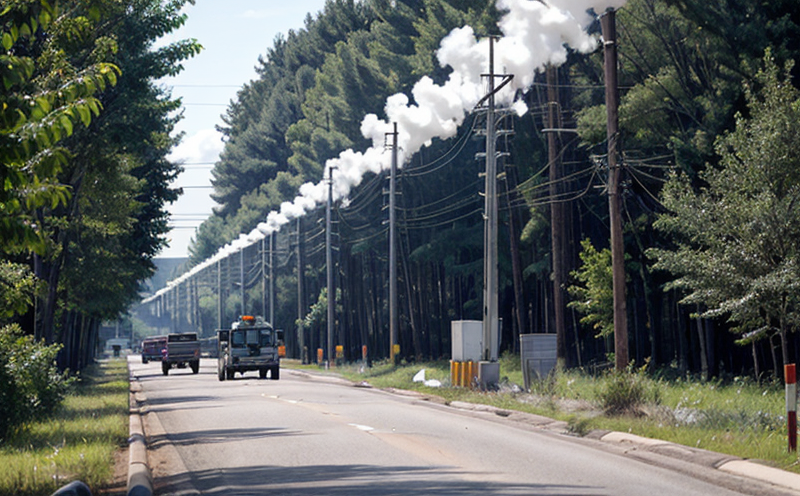EN ISO 16909 Flue Gas Humidity Measurement Testing
The EN ISO 16909 standard provides a robust framework for the measurement of flue gas humidity, which is critical in ensuring compliance with environmental regulations and optimizing the performance of power generation plants. This service ensures that utilities meet stringent emission limits set by regulatory bodies such as the European Union's Emissions Trading Scheme (ETS) and the U.S. Environmental Protection Agency (EPA).
Flue gas humidity measurement is essential for several reasons, including:
- Improving boiler efficiency
- Ensuring accurate emission reporting
- Avoiding potential penalties from non-compliance with environmental regulations
- Optimizing fuel consumption and reducing operational costs
The test process involves the following steps:
- Sampling of flue gas at various points within the power plant.
- Preparation of samples for analysis in a controlled laboratory environment.
- Measurement using precision instruments calibrated according to EN ISO 16909 standards.
- Analysis and reporting of results, including any corrective actions needed.
The accuracy of these measurements is crucial as even small variances in humidity can significantly impact the efficiency of operations. For instance, high levels of flue gas humidity may lead to increased corrosion rates or reduced boiler performance. Conversely, low humidity levels might indicate inefficient combustion processes, affecting both operational costs and environmental compliance.
Our laboratory adheres strictly to EN ISO 16909 guidelines, ensuring that all measurements are accurate and reliable. This adherence is critical for maintaining the integrity of data reported to regulatory authorities. Our expertise in this area allows us to provide actionable insights that can lead to significant improvements in plant performance and compliance.
| Applied Standards | Description |
|---|---|
| EN ISO 16909:2015 | Flue gas humidity measurement in stationary combustion installations. This standard specifies methods for the determination of flue gas humidity under steady-state conditions. |
Applied Standards
The primary applied standard in this service is EN ISO 16909:2015, which provides detailed methodologies for determining flue gas humidity. This standard ensures that the measurements are consistent and comparable across different installations, thereby promoting accuracy and reliability.
EN ISO 16909 focuses on:
- Determining the average value of flue gas humidity
- Identifying variations in humidity levels
- Ensuring that measurements are taken under steady-state conditions to avoid transient effects
Customer Impact and Satisfaction
The impact of accurate flue gas humidity measurement on customers is significant. By ensuring compliance with environmental regulations, utilities can avoid costly fines and penalties. Moreover, this service helps in:
- Improving operational efficiency
- Reducing fuel consumption
- Maintaining equipment integrity through optimized corrosion control
- Providing reliable data for regulatory reporting
Competitive Advantage and Market Impact
By adhering to EN ISO 16909 standards, utilities can gain a competitive edge by:
- Demonstrating strong environmental stewardship
- Achieving operational excellence through precise measurement techniques
- Improving stakeholder trust and reputation
- Facilitating smoother interactions with regulatory bodies
This service also contributes to broader market impacts by promoting best practices in flue gas humidity measurement, which can influence industry standards and lead to more sustainable power generation.





